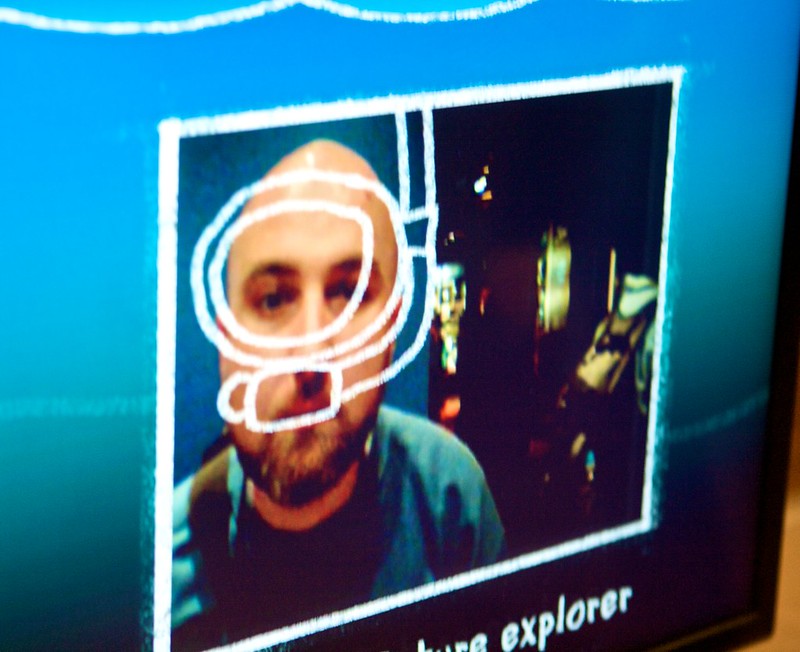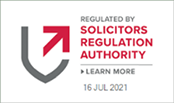
The College of Policing has published a guide to the use of live facial recognition technology. The guide is intended to ensure a consistent approach across forces with a clear legal and ethical framework.
The College sets out five aims for the guidance:
- – live facial recognition (LFR) technology should be used in a responsible, transparent, fair and ethical way
- – all use of the technology has to be targeted, based on intelligence and have a set time for use to start and end
- – images placed on the database has to meet proportionality and necessity criteria and be reviewed before every deployment
- – notice should be given about the use of the technology unless there is a critical threat that makes it impractical
- – chief officers should involve their police and crime commissioner to provide oversight.
The guidance does not apply to retrospective facial recognition. It relates to the overt use of LFR to locate those on a watchlist when the technology is used by a police force. It does not cover private companies or other public sector organisations.
The guidance also doesn’t apply to:
- manually instigated retrospective facial recognition searches
- near real-time facial searches that are human-initiated submitted from a mobile device
- tracking a person around the country across systems
- any use of LFR outside of law enforcement or data sharing to facilitate the use of those systems by forces
- any covert use of LFR
Six stages are involved in the technical operation of live facial recognition (LFR)-
- Compiling or using an existing database of images – the system requires a watchlist of reference images against which to compare facial images from the video feed. The images have to be processed so that the facial features are extracted and expressed as numerical values. The guidance outlines the considerations that are relevant to the lawful compilation of a watchlist; this includes determining which persons may be on a watchlist and the sources of imagery.
- Facial image acquisition – digital pictures are taken of facial images in real-time with images captured as a person moves through the zone, using it as a live feed. Both the siting of the cameras and the deployment location are essential to the use of LFR. The guidance sets out the relevant considerations applicable to the locations where forces deploy cameras when using them for LFR.
- Face detection – once a CCTV camera used in a live context captures images, the LFR software detects individual human faces.
- Face extraction – using the detected face, the software extracts facial features from the image and creates a biometric template.
- Face comparison – the LFR software compares the biometric template with those held on the watchlist.
- Matching – a similarity score is generated when the facial features from two images are compared. A numerical value indicates the extent of similarity; the higher the score, the greater the similarity. A threshold value is set to determine when an alert is generated to say a possible match has occurred. The alerts are then reviewed by trained personnel to decide if further action is required. The system therefore assists personnel to make identifications rather than the process being conducted solely by an algorithm.
Legal framework
The guidance will allow forces to be sure the deployment of overt LFR was in compliance with applicable legal requirements. The guidance was produced with consideration to caselaw and following consultation with the public, police, regulatory bodies and campaign groups.
Police forces will need to develop their own policy to satisfy the legal points raised in the guidance having regard to the operational use of the LFR in their area.
Equality
Some studies have suggested there is a potential for bias within facial recognition algorithms. When considering procurement of systems, therefore, it is important to look at the general accuracy of the algorithm and its performance across different demographics.
Forces must have due regard to the need to eliminate discrimination, harassment, victimisation and any other conduct prohibited by the Equality Act 2010. Compliance with the public sector equality duty must be demonstrated.
Documentation
A number of documents need to be developed to supplement the guide, including:
- a flowchart setting out the decision-making steps to use LFR
- a standard operating procedure which should include factors to consider relating to the force’s use of LFR, criteria for watchlists and sources of imagery, action to be taken on an alert, factors to consider in respect of deployment location and camera placement, arrangements to ensure deployment is overt, responsibilities of staff and retention periods
- a data protection impact assessment
- equality impact assessment
- community impact assessment
- LFR training materials
- a policy document covering sensitive processing of data
Deployment
Each deployment has to be appropriately documented, assessed and authorised. The nature of the deployment has to be informed by the force’s policing requirements and must be targeted, intelligence-led, time-bound and geographically limited.
The application for the use of LFR and the written authority document should do the following:
- outline and approve the legitimate aim of the deployment
- set out the legal powers that are being relied on to support the deployment
- how individual rights have been balanced against the benefits of using LFR
- how and why the deployment is necessary
- why it is important to achieve the legitimate aim of the deployment
How can we help?
We ensure we keep up to date with any changes in legislation and case law so that we are always best placed to advise you properly. If you would like to discuss any aspect of your case, please contact Broadbent Solicitors on Alfreton 01773 832 511, Derby 01332 369 090, Heanor 01773 769 891, or Sutton-in-Ashfield 01623 441 123. Additionally, you can head over to our online enquiry form and we’ll be in touch.
Image credit: “Facial Recognition” by Tim Dorr is marked with CC BY-SA 2.0.






